Description of the bear and how to get rid of it
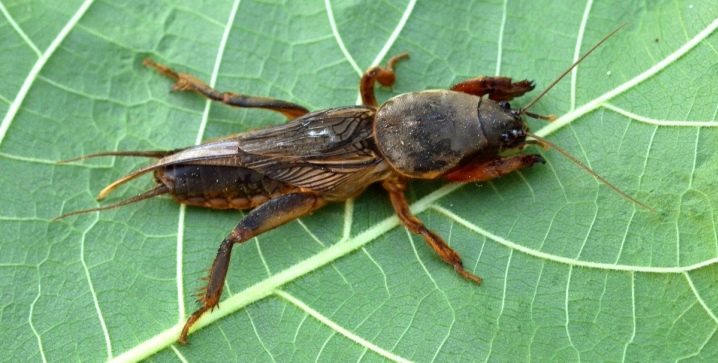
Medvedka is considered one of the main pests in the garden. The insect is dangerous for both young seedlings and adult fruit trees. Therefore, it is very important to learn how to deal with it on your site.
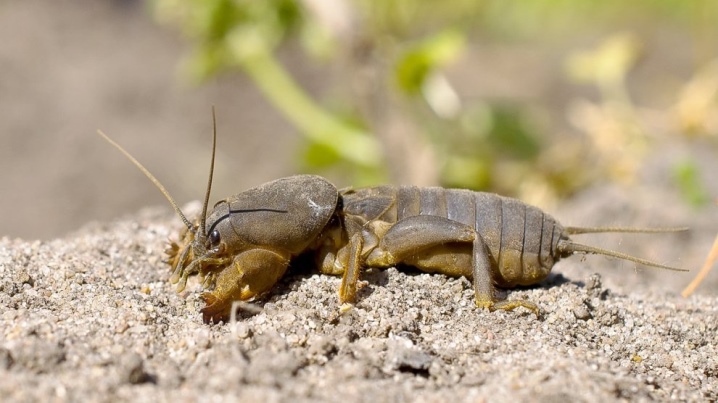
general description
This pest got its name because of its appearance.... The body of this beetle is dark brown in color. It is covered with fine short hairs. The front paws of the pest are complemented by sharp black claws. The adult bear looks really frightening.
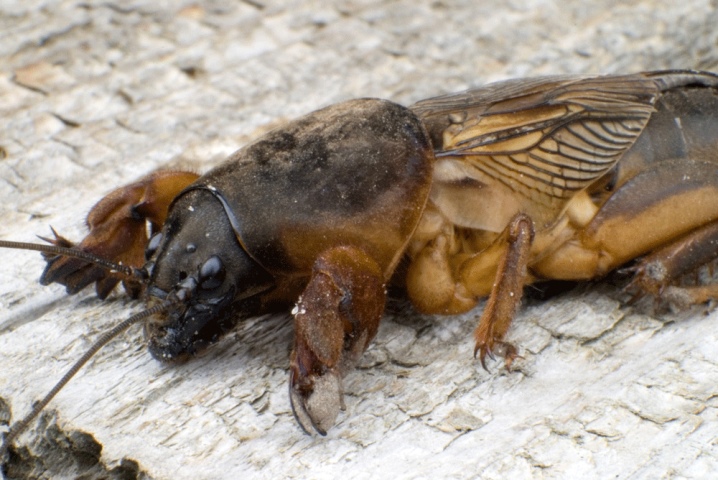
In addition to the main name, the insect has other interesting nicknames.
- Kapustyanka... The pest received this name due to the fact that it feeds on young cabbage leaves and most often settles in cabbage beds.
- Mole cricket. Many people believe that the bear resembles a cricket in its appearance. The animal is made similar to a mole by strong front paws and the desire to dig holes for itself.
- Earth crayfish... The pest received this name due to the fact that it has a strong shell, as well as tenacious paws.
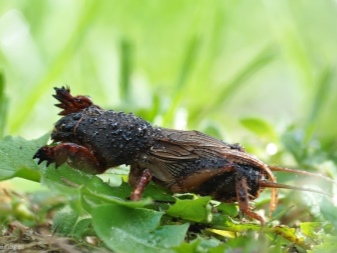
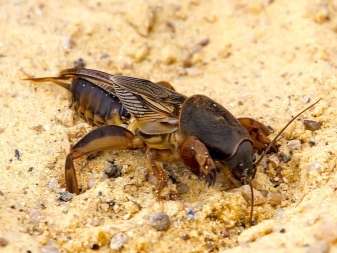
These garden pests feed on the stems and roots of plants. Their food can also be manure, humus, or even small insects. Larvae usually feed on plant products. An adult bear often eats animal food.
The pest lives underground. It is there that the bear creates its nest. As a rule, insect holes are located on the sunny side of the site. The bear breeds in May. The breeding process ends in June. A month after the start of this process, young growth appears on the site. At this stage of development, the bears are very weak, but they develop very quickly.
Adult bears may well fly, but they rarely do it. Usually pests fly only in warm weather. For humans, the bear is not dangerous. It does not bite, but in case of danger it can pinch the enemy with its "claws". Therefore, you need to deal with these insects carefully.
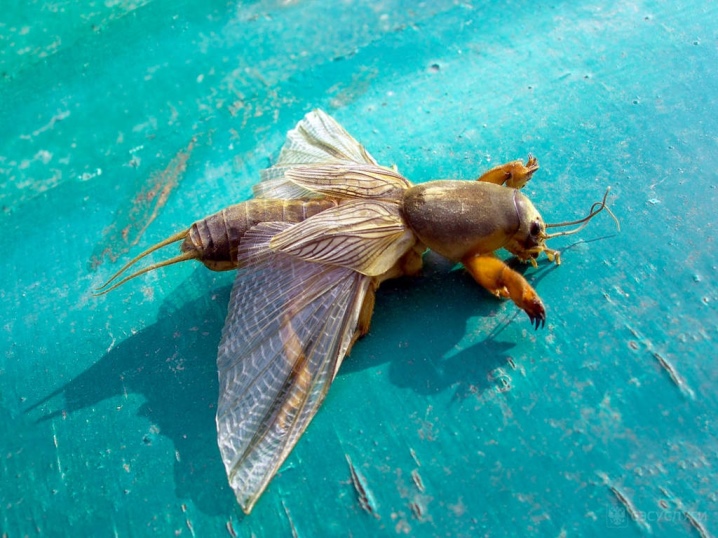
Species overview
Now there are several types of bear.
- Ordinary... This pest lives in Europe. It is dangerous for most garden plants, as well as grain crops.
- Far Eastern... This is the name of a bear who lives in China, Japan, and the Far East. The pest swims well and prefers to live in moist soil.
- African... This insect has a dark yellow color. He has a thin long antennae. The size of the pest is average.
- Ten-fingered... The natural habitat of this insect is America and Canada. The ten-fingered bear is quite small compared to its relatives.
- Single spike... This pest is quite large. He has a narrow body and wings without clear veins.

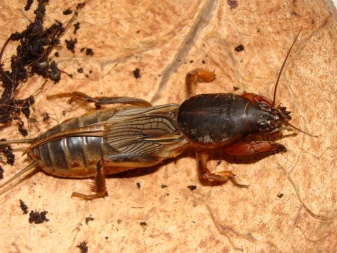


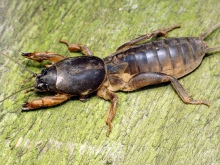
In general, all the bears are similar to each other. They have almost the same taste preferences and lifestyle.
Signs of appearance
It is quite simple to understand that this pest has wound up on the site. You need to pay attention to the following points.
- Moves on the site. The paths along which pests move are located directly at the surface of the earth. Therefore, it is quite easy to notice them. They become especially noticeable after watering the land or after rain.
- Death of young shoots. Most often, they just dry up.In some cases, shoots are also bitten or gnawed.
- Bear nests. Pest burrows can often be seen near plants. They are usually surrounded by dug earth.
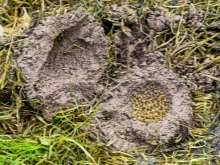
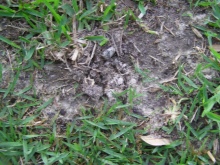
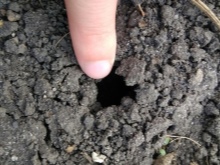
When you notice any of these signs, it's important to start pest control right away.
How to deal with traps?
Most often, traps are used to fight the bears at their summer cottage. Making them yourself is very easy.
- Thermal... Since the bear loves warmth, it is easy to attract her with such traps. It is necessary to arrange them in hot weather. Either black cloth or other similar material is used to create traps. You need to cut a small piece from it. It must be placed at the edge of the plot. It is recommended to additionally put a few pieces of potatoes under such a heat trap. In this case, the bear will be attracted not only by the heated canvas, but also by the delicacy.
- Beer... You can also defeat the bear using beer traps. This is a fairly effective way of dealing with a pest. To catch a bear, you need to bury a glass jar in the ground, and then fill it halfway with beer. Next, the container must be half-covered. This is done so that the trapped pest cannot get out of it. Such traps should be checked regularly. Instead of beer, you can also pour ordinary water into cans. In this case, the edges of the container must be greased with honey.
- Dung... This pest catching method is also pretty simple. You need to prepare manure in advance. Usually, a deep hole is simply dug on the site. During the summer, it is filled with waste. In the fall, rotted products are scattered around the garden. In the spring, during the cleaning of the site, it will be possible to find adult bear cubs in the manure, as well as their eggs. All such finds must be destroyed immediately.
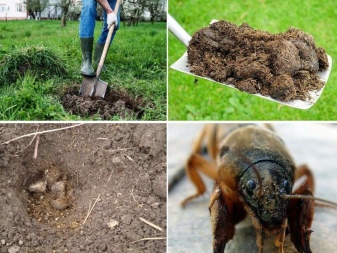
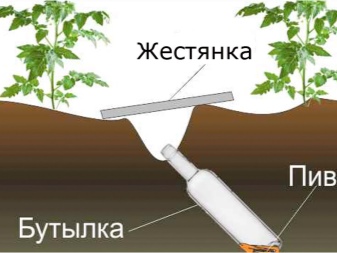
It will not be possible to withdraw the bear immediately. But the traps will definitely not harm the inhabitants of the site in any way.
Using baits
You can also lay out small baits next to young seedlings. The following products are used to attract the attention of huge pests.
- Eggshell... Eggshells prepared in advance must be crushed and then mixed with vegetable oil. Such a product should be placed next to young seedlings.
- Porridge... A bait made from porridge works no less effectively. To attract the attention of the bear, you can use buckwheat or oatmeal. These cereals are easy to find in any home. The cooked product must be mixed with a spoonful of sunflower oil. A small amount of poison can also be added there. The resulting mixture should be spread out on the site and lightly sprinkled with earth.
- Bread... Black bread is used to create the bait. It must be moistened with water and then rolled into balls. Several matches must be stuck into each of them. It is important to fix them with their heads down. The bread balls should be left in this form overnight. In the morning, the matches must be carefully removed. Balls with such a poisonous filler should be scattered around the garden or placed next to the moves by a bear.
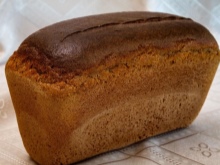
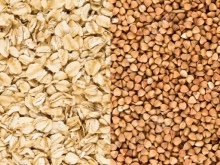
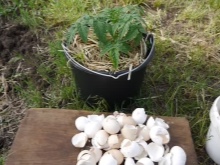
Such baits help in the fight against both young and mature cabbage.
Pest control drugs
The quickest way to get rid of dangerous insects is to use chemical or biological drugs.
Chemical
As a rule, the following drugs are used to control pests that live in the garden.
- Rubit... This product comes in the form of small red wheat grains. It is convenient to use such a poison. It is enough to spread the product near the places where the bear was seen. It is best to place it in small holes and then sprinkle it with earth on top. Killing pests in this way will not work right away. They usually die only after 10-12 days.
- "Medvetox". This remedy is also good for fighting earth crayfish. Despite the name, it copes not only with bears, but also with other insects.The big plus of this product is that it can be used in any weather. He survives well both the effects of high temperature and a sharp decrease in it.
- "Thunder"... It is necessary to treat the soil with such a preparation a week before sowing. This helps to protect the seedlings growing both in the greenhouse and in the open field. If necessary, the treatment can be additionally repeated in the summer.
- "Parachute"... This product comes in the form of an emulsion. It can be mixed with both water and food. The drug is non-toxic. It can be used to combat not only bears, but also other pests. The product works very quickly. Within a couple of hours after use, the bears die.

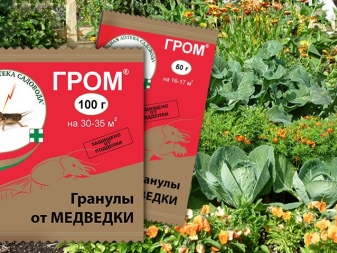
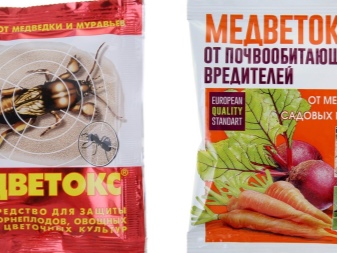
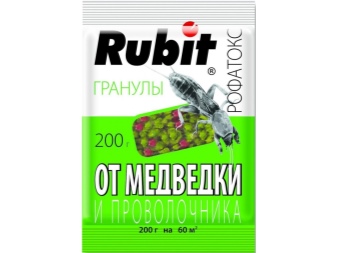
In order not to harm your health, you need to work with chemicals in protective clothing, a respirator and gloves.
Biological
Biological products are considered safer for human health and the environment. Among the products that can be found on sale, the following are worth highlighting.
- "Lepidocide". This product helps to quickly get rid of pests in the country. It works already 4-7 days after application.
- Boverin... This product can be used to protect plants planted both in greenhouses and in the open field.

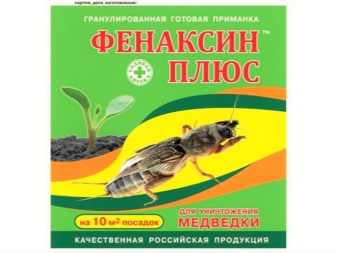
Biologicals do not harm humans or pets. Therefore, they can be safely used in the garden or in the garden.
Overview of folk remedies
You can also poison a bear in a garden with the help of folk remedies. The following products are commonly used for pest control.
- Ammonia. Medvedka is afraid of the pungent smell of this substance. One tablespoon of ammonia should only be diluted in a bucket of clean water. The product can be used to treat any area. It serves not only as an excellent pest control agent, but also as a good feeding.
- Soap solution. This is another real way to quickly get rid of pests that have settled on the site. To prepare the solution, a spoonful of soap and two tablespoons of any washing powder must be diluted in a bucket of warm water. The resulting solution must be poured over the holes. After that, it remains only to wait a little. Over time, the pests will get out. At this stage, they can be caught and destroyed.
- Vegetable oil. This product is used in the same way. A small amount of vegetable oil is poured into the holes. After that, the flow of water from the hose is directed there. Pests under her pressure most often die. If this does not happen, they try to get out. Catching weakened insects at this moment is quite simple.
- Chicken droppings. Another common method of dealing with bears is to treat the area with a solution of chicken droppings. The product must be diluted with water. The finished solution must be poured into the holes of the pests. You cannot replace chicken dung with cow dung.
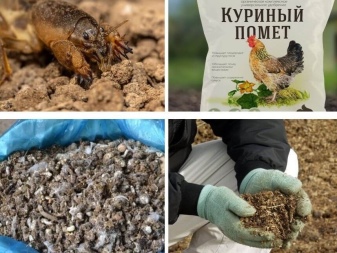

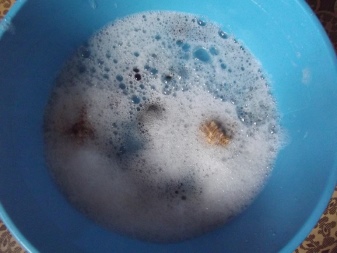
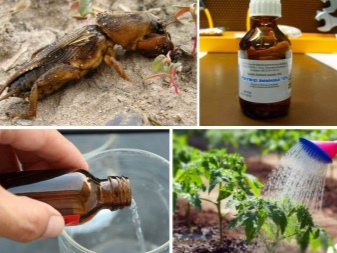
Different methods of processing the site can be alternated.
Natural enemies
In nature, the bear, like any other insect, has its enemies. As a rule, birds kill them. This happens when pests creep out to the surface of the earth. You can lure wild birds to your site by hanging feeders on its territory. It is best to place them next to a vegetable garden or in a garden.

Animals also help in the fight against the bear. They are eaten by shrews, hedgehogs, moles and lizards. The eggs of the bear are eaten by ground beetles and ants. Therefore, anthills that are on the site are not always worth destroying.
Prevention measures
It is impossible to get rid of the bear forever. But if you follow certain rules, it will be much easier to protect your site from this pest.
- After the end of the harvest, the site must be thoroughly cleaned of debris. It is necessary to collect and destroy or take out of the site all foliage and branches.
- In autumn and early spring, it is recommended to dig up the beds.Such a procedure will help to destroy all the passages and holes of pests.
- Before planting plants on the site, it is recommended to treat their roots with special preparations.
- Aromatic plants can be planted near the beds. Medvedka is scared off by the aromas of parsley and mint, as well as garlic or onions.
- Pine or spruce branches can be laid out in the aisles. Their smell is also very unpleasant for pests.


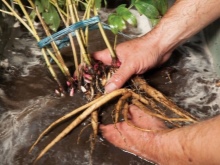
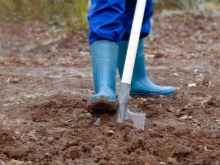

In addition, the site should be inspected regularly. If a pest is detected in a timely manner, it will take less time to destroy it.
Useful Tips
The advice of gardeners can also help in the fight against pests.
- To destroy the bear, you can use more modern means, for example, an ultrasonic repeller... Its waves cause pests to lose their orientation in space. Medvedki very quickly leave the territory where the repeller was installed.
- The captured bear does not have to be destroyed... They can be used as bait for fishing. They can catch large perches or even pikes.
- To prevent the bear from harming the roots of plants, you can throw garlic into the holes when planting. Its smell will scare away insects for a long time.
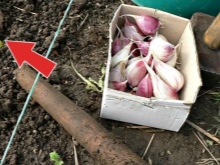

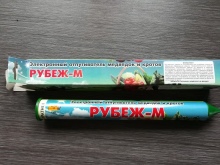
In general, despite the fact that the bear is a rather dangerous pest, it is quite easy to drive her out of the beds. You just need to treat this task responsibly and not leave everything half way.
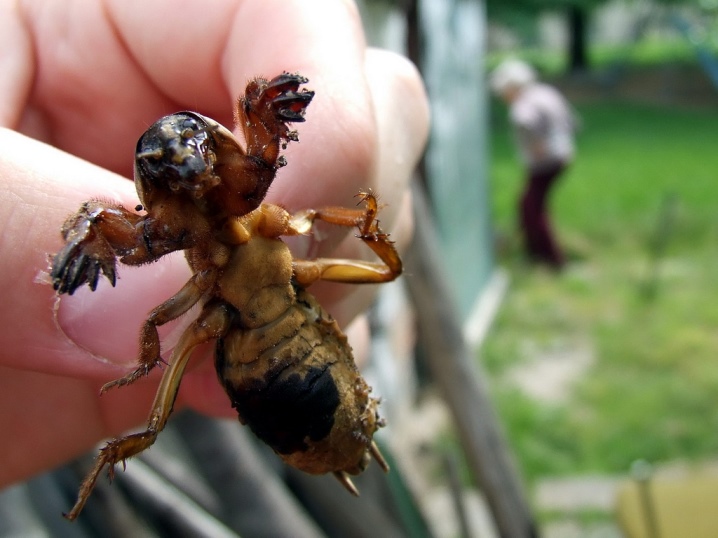













The comment was sent successfully.